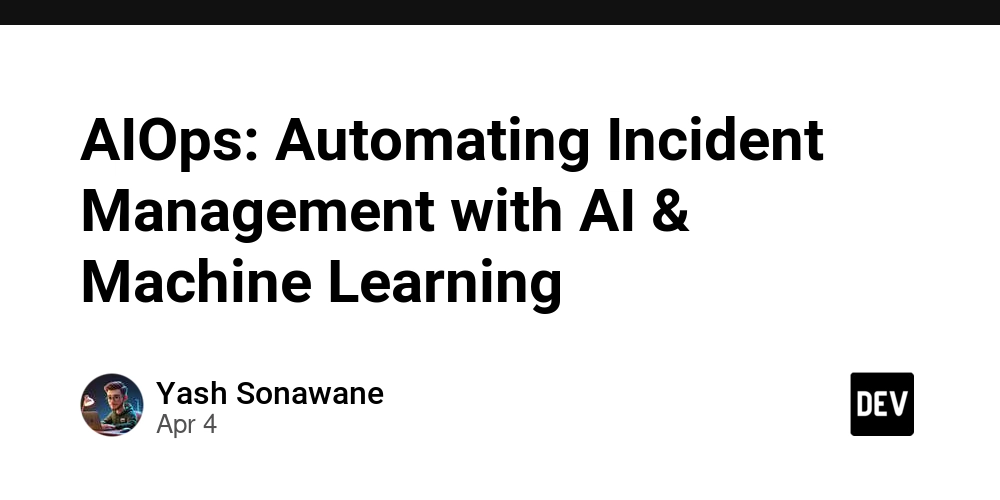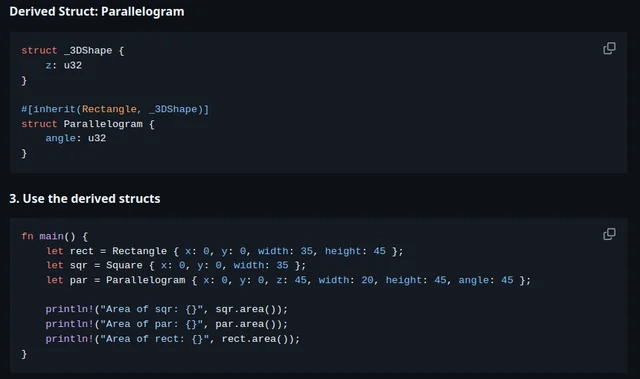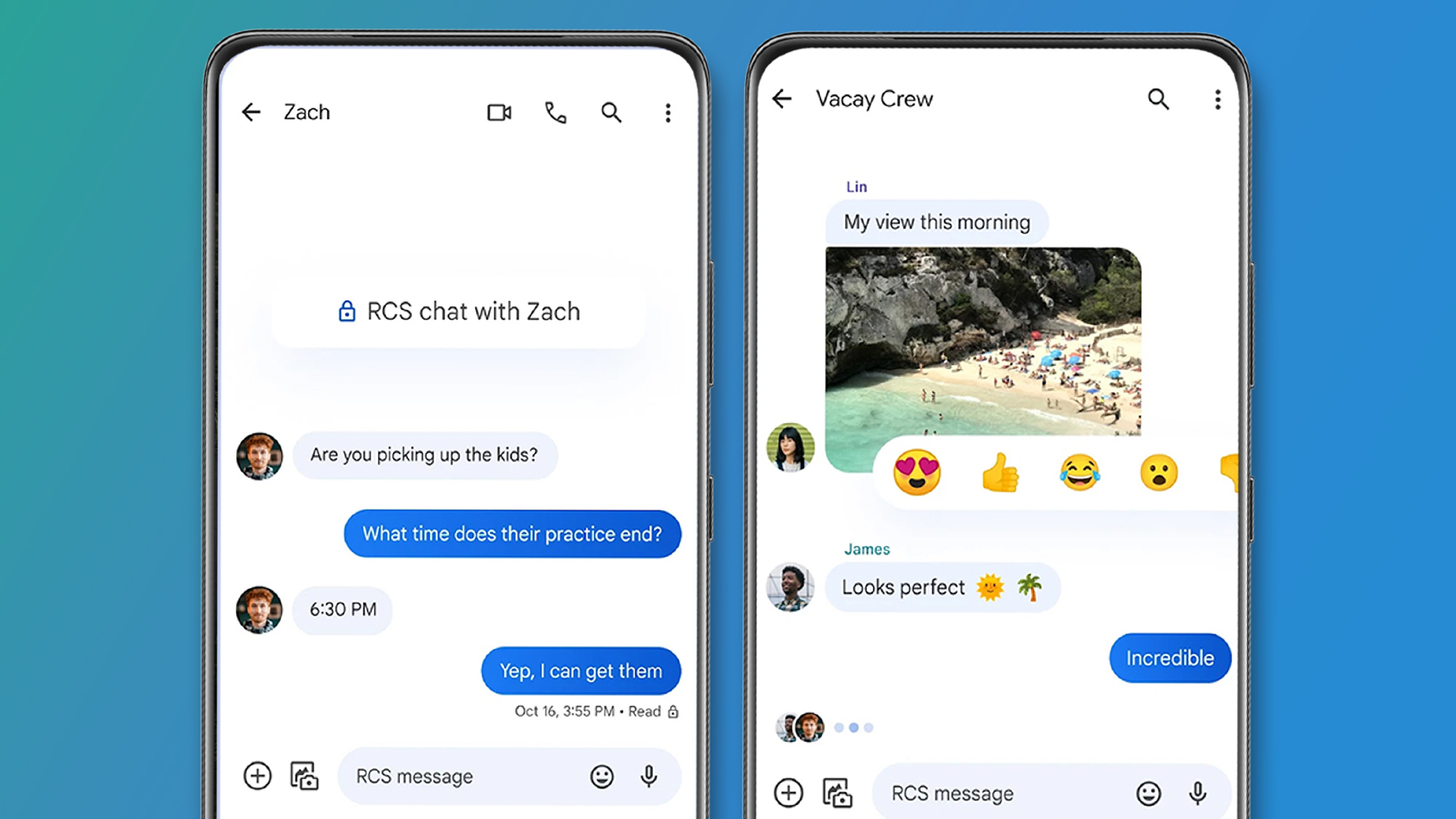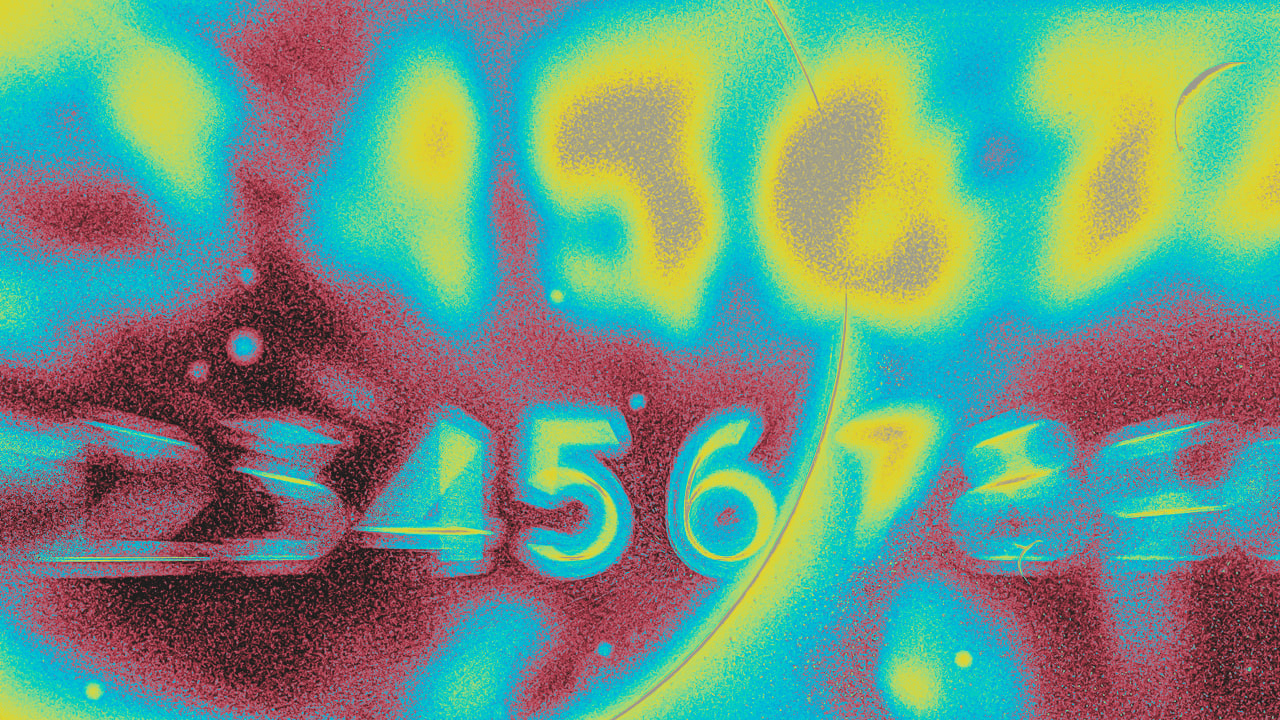AIOps: Automating Incident Management with AI & Machine Learning
Introduction The increasing complexity of modern IT environments presents significant challenges for DevOps teams. As infrastructure scales, handling incidents manually becomes impractical, leading to downtime, performance issues, and inefficiencies. Enter AIOps (Artificial Intelligence for IT Operations)—a transformative technology that leverages AI and Machine Learning to automate and enhance incident management. AIOps helps DevOps engineers proactively detect, diagnose, and resolve issues faster, reducing operational costs and improving system reliability. What is AIOps? AIOps is an AI-driven approach to IT operations that combines big data, analytics, and machine learning to automate and enhance incident management. It enables DevOps teams to analyze massive amounts of operational data, detect anomalies, predict failures, and automate responses in real time. Role of AIOps in DevOps Automated Monitoring: Continuously monitors logs, metrics, and events across the IT ecosystem. Predictive Analytics: Identifies potential issues before they escalate into major incidents. Intelligent Incident Response: Automates root cause analysis and resolution workflows. Noise Reduction: Filters irrelevant alerts and prioritizes critical issues. How AIOps Works AIOps operates through a multi-layered architecture designed to collect, analyze, and act on IT operations data. Core Components of AIOps Data Collection: Gathers structured (metrics, logs) and unstructured (tickets, emails) data from various sources. Data Processing & Enrichment: Normalizes and contextualizes data for better analysis. Pattern Recognition & Anomaly Detection: Uses AI/ML models to identify trends and irregularities. Correlation & Root Cause Analysis: Maps incidents across systems to detect dependencies and root causes. Automated Remediation: Integrates with automation tools to execute self-healing actions. Real-World Example Consider an e-commerce platform facing intermittent downtime. Traditional monitoring tools detect issues but flood engineers with alerts. AIOps, however, correlates logs, identifies a memory leak in the API server, and triggers an automated script to restart affected services—resolving the issue instantly. Key Features & Benefits Key Features AI-Powered Log Analysis: Identifies anomalies and trends in log data. Real-Time Event Correlation: Detects relationships between disparate alerts. Predictive Maintenance: Forecasts potential system failures. Automated Incident Response: Triggers automated playbooks to resolve issues. Noise Reduction & Alert Prioritization: Reduces alert fatigue for DevOps teams. Benefits ✅ Faster incident detection & resolution ✅ Improved system uptime & reliability ✅ Reduced manual workload & operational costs ✅ Enhanced decision-making with predictive analytics ✅ Seamless integration with DevOps tools (e.g., Prometheus, Grafana, ELK, Splunk) Use Cases & Industry Adoption 1. Cloud Infrastructure Monitoring Companies like AWS and Google Cloud use AIOps to monitor cloud resources, detect abnormal traffic patterns, and auto-scale services dynamically. 2. CI/CD Pipeline Optimization AIOps tools like Dynatrace and Datadog optimize DevOps pipelines by identifying build failures, deployment anomalies, and performance bottlenecks. 3. Security & Compliance Management AIOps integrates with SIEM solutions to detect security breaches, unauthorized access, and compliance violations. 4. Automated IT Support & ChatOps AIOps-driven virtual assistants analyze logs and suggest fixes, reducing the need for human intervention in IT support tickets. Comparison with Alternatives Feature Traditional Monitoring AIOps Rule-Based Detection ✅ ❌ (AI-driven) Predictive Analytics ❌ ✅ Noise Reduction ❌ ✅ Automated Response ❌ ✅ Real-Time Correlation ❌ ✅ While traditional monitoring tools rely on static thresholds, AIOps dynamically adapts, reducing manual tuning and false positives. Step-by-Step Implementation Step 1: Install & Configure AIOps Tool # Example: Installing Dynatrace OneAgent wget -O Dynatrace-OneAgent.sh https://your-dynatrace-url.com sudo sh Dynatrace-OneAgent.sh Step 2: Integrate with DevOps Tools # Example: Configuring Prometheus to send alerts to an AIOps platform alertmanagers: - static_configs: - targets: - "aiops-platform.example.com:9093" Step 3: Enable Automated Incident Resolution # Example: AI-based remediation script import aiops_sdk incident = aiops_sdk.get_latest_incident() if incident.severity == "critical": aiops_sdk.run_remediation_script("restart-service.sh") Latest Updates & Trends 2025 Updates: OpenAI is integrating GPT-powered AIOps solutions for contextual incident an

Introduction
The increasing complexity of modern IT environments presents significant challenges for DevOps teams. As infrastructure scales, handling incidents manually becomes impractical, leading to downtime, performance issues, and inefficiencies. Enter AIOps (Artificial Intelligence for IT Operations)—a transformative technology that leverages AI and Machine Learning to automate and enhance incident management. AIOps helps DevOps engineers proactively detect, diagnose, and resolve issues faster, reducing operational costs and improving system reliability.
What is AIOps?
AIOps is an AI-driven approach to IT operations that combines big data, analytics, and machine learning to automate and enhance incident management. It enables DevOps teams to analyze massive amounts of operational data, detect anomalies, predict failures, and automate responses in real time.
Role of AIOps in DevOps
- Automated Monitoring: Continuously monitors logs, metrics, and events across the IT ecosystem.
- Predictive Analytics: Identifies potential issues before they escalate into major incidents.
- Intelligent Incident Response: Automates root cause analysis and resolution workflows.
- Noise Reduction: Filters irrelevant alerts and prioritizes critical issues.
How AIOps Works
AIOps operates through a multi-layered architecture designed to collect, analyze, and act on IT operations data.
Core Components of AIOps
- Data Collection: Gathers structured (metrics, logs) and unstructured (tickets, emails) data from various sources.
- Data Processing & Enrichment: Normalizes and contextualizes data for better analysis.
- Pattern Recognition & Anomaly Detection: Uses AI/ML models to identify trends and irregularities.
- Correlation & Root Cause Analysis: Maps incidents across systems to detect dependencies and root causes.
- Automated Remediation: Integrates with automation tools to execute self-healing actions.
Real-World Example
Consider an e-commerce platform facing intermittent downtime. Traditional monitoring tools detect issues but flood engineers with alerts. AIOps, however, correlates logs, identifies a memory leak in the API server, and triggers an automated script to restart affected services—resolving the issue instantly.
Key Features & Benefits
Key Features
- AI-Powered Log Analysis: Identifies anomalies and trends in log data.
- Real-Time Event Correlation: Detects relationships between disparate alerts.
- Predictive Maintenance: Forecasts potential system failures.
- Automated Incident Response: Triggers automated playbooks to resolve issues.
- Noise Reduction & Alert Prioritization: Reduces alert fatigue for DevOps teams.
Benefits
✅ Faster incident detection & resolution ✅ Improved system uptime & reliability ✅ Reduced manual workload & operational costs ✅ Enhanced decision-making with predictive analytics ✅ Seamless integration with DevOps tools (e.g., Prometheus, Grafana, ELK, Splunk)
Use Cases & Industry Adoption
1. Cloud Infrastructure Monitoring
Companies like AWS and Google Cloud use AIOps to monitor cloud resources, detect abnormal traffic patterns, and auto-scale services dynamically.
2. CI/CD Pipeline Optimization
AIOps tools like Dynatrace and Datadog optimize DevOps pipelines by identifying build failures, deployment anomalies, and performance bottlenecks.
3. Security & Compliance Management
AIOps integrates with SIEM solutions to detect security breaches, unauthorized access, and compliance violations.
4. Automated IT Support & ChatOps
AIOps-driven virtual assistants analyze logs and suggest fixes, reducing the need for human intervention in IT support tickets.
Comparison with Alternatives
| Feature | Traditional Monitoring | AIOps |
|---|---|---|
| Rule-Based Detection | ✅ | ❌ (AI-driven) |
| Predictive Analytics | ❌ | ✅ |
| Noise Reduction | ❌ | ✅ |
| Automated Response | ❌ | ✅ |
| Real-Time Correlation | ❌ | ✅ |
While traditional monitoring tools rely on static thresholds, AIOps dynamically adapts, reducing manual tuning and false positives.
Step-by-Step Implementation
Step 1: Install & Configure AIOps Tool
# Example: Installing Dynatrace OneAgent
wget -O Dynatrace-OneAgent.sh https://your-dynatrace-url.com
sudo sh Dynatrace-OneAgent.sh
Step 2: Integrate with DevOps Tools
# Example: Configuring Prometheus to send alerts to an AIOps platform
alertmanagers:
- static_configs:
- targets:
- "aiops-platform.example.com:9093"
Step 3: Enable Automated Incident Resolution
# Example: AI-based remediation script
import aiops_sdk
incident = aiops_sdk.get_latest_incident()
if incident.severity == "critical":
aiops_sdk.run_remediation_script("restart-service.sh")
Latest Updates & Trends
- 2025 Updates: OpenAI is integrating GPT-powered AIOps solutions for contextual incident analysis.
- Kubernetes AIOps: AI-based observability tools like Kubeflow and Kserve are gaining traction.
- Edge AIOps: AI-driven monitoring for IoT and edge computing devices is expanding.
Challenges & Considerations
❌ Data Privacy Concerns – AI models rely on sensitive operational data. ❌ Implementation Complexity – Requires expertise in ML models & automation. ❌ False Positives – AI models may sometimes misinterpret anomalies. ❌ Cost Overhead – Premium AIOps solutions can be expensive.
Conclusion & Future Scope
AIOps is revolutionizing DevOps by automating incident management and optimizing operational efficiency. As AI models improve, AIOps will play a pivotal role in self-healing systems, predictive maintenance, and autonomous IT operations. Future advancements in AI explainability and quantum computing will further refine AIOps capabilities, making it an essential tool for next-gen DevOps teams.
References & Further Learning
- AIOps: The Future of DevOps
- Dynatrace AIOps Documentation
- OpenAI Research on AIOps
- Prometheus & AI-Based Monitoring
Are you using AIOps in your DevOps workflow? Share your thoughts in the comments!







































































































































































![[The AI Show Episode 143]: ChatGPT Revenue Surge, New AGI Timelines, Amazon’s AI Agent, Claude for Education, Model Context Protocol & LLMs Pass the Turing Test](https://www.marketingaiinstitute.com/hubfs/ep%20143%20cover.png)




































































































































![From drop-out to software architect with Jason Lengstorf [Podcast #167]](https://cdn.hashnode.com/res/hashnode/image/upload/v1743796461357/f3d19cd7-e6f5-4d7c-8bfc-eb974bc8da68.png?#)










































































































.jpg?#)





.png?width=1920&height=1920&fit=bounds&quality=70&format=jpg&auto=webp#)
























_ArtemisDiana_Alamy.jpg?#)















































































-xl.jpg)













![Yes, the Gemini icon is now bigger and brighter on Android [U]](https://i0.wp.com/9to5google.com/wp-content/uploads/sites/4/2025/02/Gemini-on-Galaxy-S25.jpg?resize=1200%2C628&quality=82&strip=all&ssl=1)












![Apple Rushes Five Planes of iPhones to US Ahead of New Tariffs [Report]](https://www.iclarified.com/images/news/96967/96967/96967-640.jpg)
![Apple Vision Pro 2 Allegedly in Production Ahead of 2025 Launch [Rumor]](https://www.iclarified.com/images/news/96965/96965/96965-640.jpg)































































































































